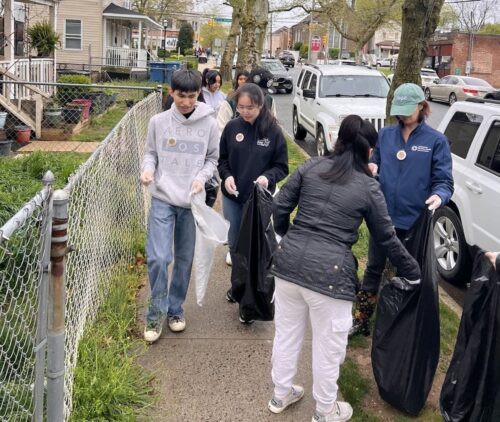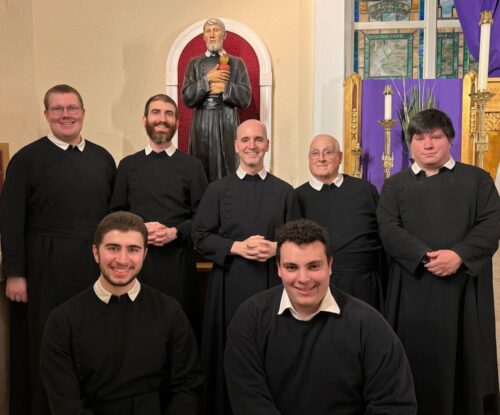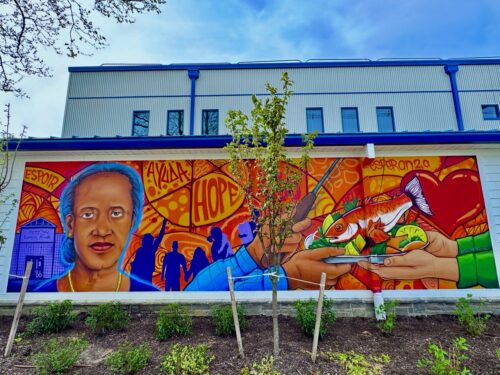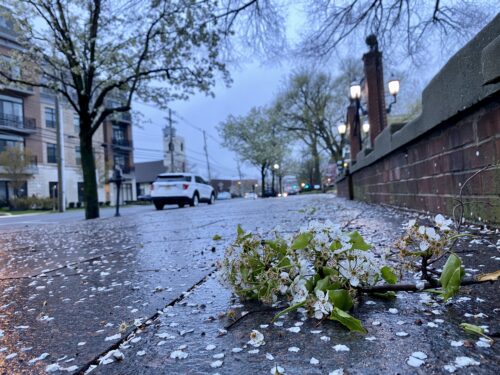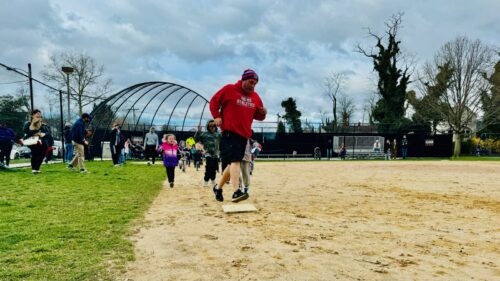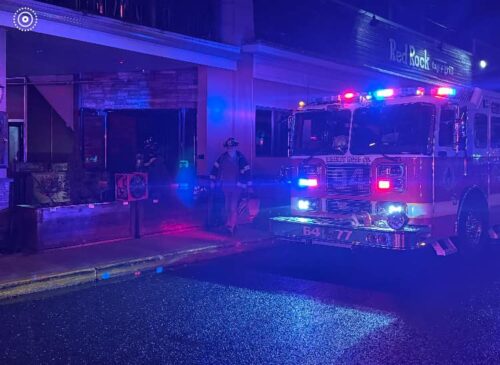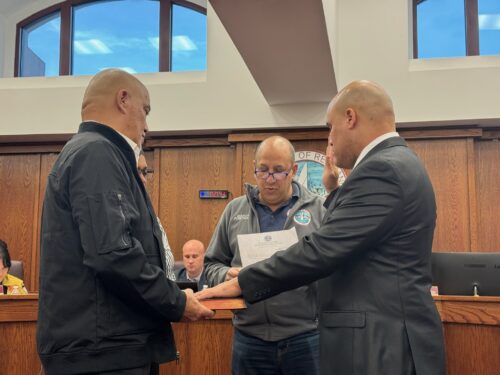
By JOHN T. WARD

The purpose: to begin shaping what’s expected to be a long-range process to address housing and commercial needs both in the aftermath of Hurricane Sandy and in anticipation of another such walloping.
With the floor opened to observations, one woman raised concerns about vacant homes attracting prowlers.
A man’s suggestion that all the utility poles along Ocean Avenue be removed drew a smattering of applause.
The session, attended by about a dozen borough residents and one business owner, was the first of several scheduled over the next three months to fashion a plan dubbed “Sea Bright 2020.” The aim, according to an email announcing the sessions, is “to move Sea Bright beyond recovery and into the next decade.”
The effort involves representatives of the Federal Emergency Management Agency and the Bloustein School of Planning and Public Policy at Rutgers, who were present. The only elected official present was Councilman Marc Leckstein.
“We’re here to provide you with technical assistance to help you devise your own plan for the recovery of your town,” FEMA long-term-recovery specialist Kim Wilde told the audience on a rainy Monday night. “The plan we will help you prepare is heavy on projects.”
“The end result is projects,” added FEMA planner Linda Weber, “realistic projects with identified funding sources that can be implemented in the next six to 24 months.”
Monday’s session, said borough recovery coordinator Frank Lawrence, was “to get the conversation started.” Areas of discussion were to be limited to housing and waterfront restoration.
The process begins, said Weber, with questions: “What’s happening in the community as a result of the storm that could and should be changed?” And are there any long-standing issues that predate the storm that can now be addressed?
Beach clubs along Ocean Avenue were allowed to rebuild, with second stories, without public input, resulting in bad aesthetics, said several attendees.
“Are our taxes going to go down?” a man asked. “The value of my house is not what it was 10 months ago.”
A second meeting, on Wednesday night, is slated to cover community facilities and downtown revitalization.
Then, on August 8, a “big” community workshop session is scheduled to begin refining ideas gathered at the first two sessions, said Lawrence.
Following complaints about inadequate publicity for the 2020 project, organizers said a mass mailing would be made to property owners and information about the meetings would be posted on the borough website.
In response to a question from a resident who asked if there were any towns that had been through the process and completed a plan, Weber cited Wilmington, Vermont in the aftermath of Hurricane Irene in 2011.



